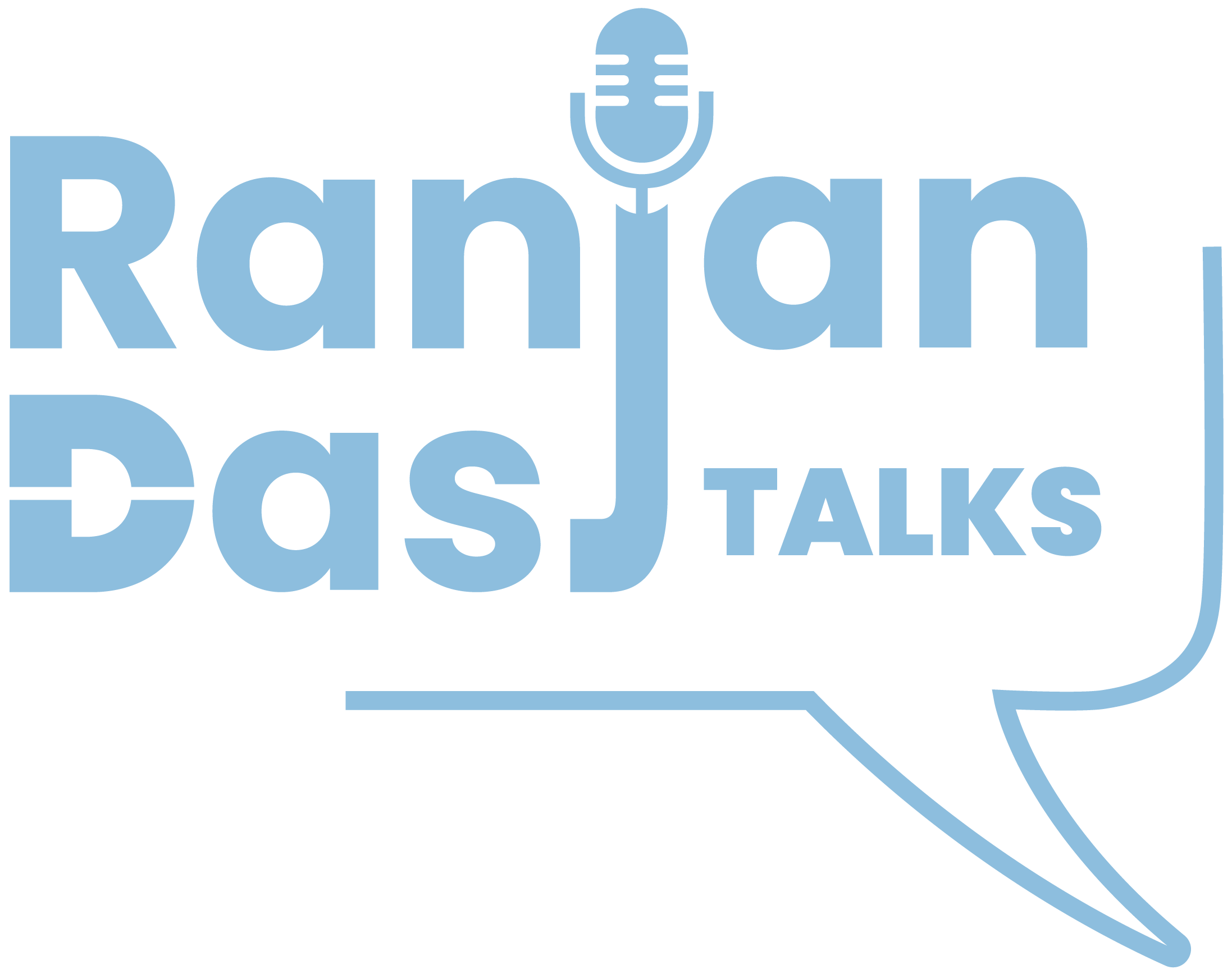
Blog
High Cost You Pay For The Free Pitches You Invite or Participate in!
Discover the hidden costs of free pitches in advertising, and explore sustainable alternatives like paid pitches, selective invitations, and long-term partnerships.

Ranjan Das
· Posted: 2024-09-02
Posted: 2024-09-02
 (1).jpg)
In today’s competitive marketing and advertising landscape, free pitches are often seen as a quick way for brands to gather fresh ideas without upfront costs. However, this practice can have significant downsides, leading to strained relationships, diluted creativity, and financial strain for both brands and agencies.
This article uncovers the hidden costs of frequent free pitch invitations, illustrating how short-term gains can lead to long-term harm. Exploring more sustainable alternatives—such as paid pitches, selective invitations, and long-term partnerships—offers a path forward that values creativity, fosters collaboration, and ensures fair compensation. It’s time for brands and agencies to rethink how they engage creative talent and adopt practices leading to lasting success. Disadvantages of Frequent Free Pitches
For Brands
- Quality and Commitment IssuesExplanation: When pitches are free and unsolicited, agencies may not be fully committed to delivering their best work. The absence of financial incentives can lead to a lack of dedication, resulting in mediocre proposals that fail to meet the brand’s expectations. Example: A mid-sized consumer goods brand frequently invites free pitches for its seasonal campaigns. Over time, the quality of proposals declines as agencies prioritize paying clients over free pitch projects, leading to subpar campaigns that do not resonate with the target audience.
- Dilution of Creative Processes: Constantly soliciting free pitches can disrupt the creative processes within agencies. Instead of focusing on strategic and innovative projects, agencies may become reactive, producing ideas under pressure rather than through thoughtful creativity. Example: A tech startup repeatedly requests free pitches for its product launches. Agencies, stretched thin by constant pitching, struggle to maintain a consistent level of creativity, resulting in repetitive and uninspired campaign ideas.
- Lack of Strategic Alignment: Free pitches often prioritize immediate needs over long-term strategic alignment. Brands may receive creative ideas that address short-term goals but do not align with their overarching brand strategy, leading to fragmented and inconsistent messaging. Example: A luxury fashion brand seeks free pitches for an upcoming collection. Agencies deliver flashy, trendy ideas that attract attention but fail to align with the brand’s long-term vision of timeless elegance, confusing consumers.
- Idea Theft and Intellectual Property Risks: Engaging in free pitches increases the risk of idea theft, where brands might adopt winning concepts without compensating the originating agencies. This unethical practice undermines the trust between brands and creative partners. Example: A global beverage company invites free pitches for a new advertising campaign. After selecting a winning concept, the company implements parts of the idea without crediting or compensating the contributing agency, leading to legal disputes and reputational damage.
- Reputational Damage: Brands that frequently solicit free pitches may develop a reputation for exploiting agency resources without proper compensation. This can deter top-tier agencies from engaging with the brand in the future, limiting the pool of creative talent available. Example: An established automotive brand is known for repeatedly requesting free pitches. Top agencies start to view the brand as exploitative, choosing to decline future pitch invitations and seeking partnerships with more respectful clients.
For Advertising Agencies
- Resource Drain and Opportunity Costs: Preparing pitches requires significant time, effort, and resources. Frequent free pitches divert these resources away from paying clients or other profitable opportunities, impacting the agency’s overall performance and growth. Example: A boutique advertising agency spends weeks preparing free pitches for multiple brands. As a result, their existing clients receive less attention, leading to reduced satisfaction and potential loss of business.
- Financial Strain, Especially for Small Agencies: For smaller agencies with limited budgets, the cost of preparing free pitches can be prohibitive. This financial strain can jeopardize their sustainability, forcing them to cut corners or reduce their workforce. Example: A small digital marketing agency consistently participates in free pitches to attract new clients. The cumulative costs of these pitches exceed their revenue, leading to layoffs and a compromised ability to deliver quality work.
- Loss of Motivation and Morale: Repeatedly investing time in uncompensated pitches can demoralize agency teams. The lack of financial recognition for their efforts can lead to burnout, reduced creativity, and decreased job satisfaction. Example: Employees at a creative agency feel undervalued after countless hours spent on free pitches. Morale drops, resulting in lower productivity and a higher turnover rate as talented individuals seek more rewarding opportunities elsewhere.
- Potential for Idea Exploitation: Agencies risk having their creative ideas used without compensation or acknowledgement. This exploitation not only affects their financial health but also undermines their intellectual property rights.
- Example: An agency submits a unique social media strategy through a free pitch. The brand adopts key elements of the strategy in its campaign without crediting the agency, discouraging future participation and harming the agency’s reputation.
- Erosion of Industry Standards: The normalization of free pitches can lower industry standards, as agencies may be pressured to reduce the quality of their work to meet the demands of multiple pitch requests. This erosion affects the overall quality and integrity of the advertising industry. Example: As more brands insist on free pitches, agencies streamline their creative processes to handle the volume, resulting in less innovative and impactful campaigns across the board.
Short-term and Long-term Impacts
On Brands
Short-term Impacts:
- Inconsistent Campaign Quality: Immediate campaigns may suffer from a lack of high-quality ideas, leading to ineffective marketing efforts.
- Increased Costs: Brands may incur hidden costs related to managing multiple pitch processes, such as administrative overhead and delayed project timelines.
Long-term Impacts
- Reputational Damage: Persistent exploitation of agencies can tarnish a brand’s reputation within the creative community, making it harder to attract top talent and innovative ideas in the future.
- Stagnant Creativity: Over time, the lack of meaningful partnerships can lead to stagnant creativity, as brands rely on the same pool of uninspired ideas instead of fostering collaborative innovation.
On Agencies
Short-term Impacts:
- Resource Allocation Issues: Immediate resource allocation to free pitches detracts from client projects, potentially harming current business relationships.
- Financial Losses: The costs associated with preparing free pitches can strain the agency’s finances, especially if the pitches do not result in new business.
Long-term Impacts:
- Sustainability Challenges: Persistent participation in free pitches can threaten the agency’s long-term viability, forcing closures or downsizing.
- Talent Retention Problems: Demoralized employees may seek opportunities elsewhere, leading to a loss of talent and institutional knowledge within the agency.
Examples
A renowned global beauty brand frequently invites free pitches for its annual advertising campaigns. Initially, the brand enjoyed a plethora of creative ideas. However, over time, the quality of pitches declined as agencies became less invested. The brand’s campaigns lost their edge, resulting in decreased market share and a tarnished brand image.
Alternative Approaches: Moving Towards Sustainable Partnerships
To mitigate the disadvantages of frequent free pitches, brands and agencies can adopt more sustainable and equitable approaches. These alternatives foster mutual respect, ensure fair compensation, and promote long-term strategic partnerships.
1. Paid Pitches
Brands compensate agencies for their time and resources invested in the pitching process. This approach recognizes the value of the agency’s work and encourages higher-quality submissions.
Benefits:
- Enhanced Commitment: Agencies are more likely to invest their best ideas when they are fairly compensated.
- Attract Best Agencies, Effortlessly: Best Agencies take serious interest when they see you put your money where your mouth is.
- Higher Quality Proposals: Financial incentives lead to more thoughtful, innovative, and strategic pitches.
- Mutual Respect: Establishes a foundation of respect and fairness, fostering stronger long-term relationships.
Example: A multinational corporation adopts a paid pitch model, offering a fixed fee to agencies for submitting proposals. This change results in higher-quality pitches and attracts top-tier agencies eager to participate, ultimately leading to more effective campaigns.
2. Freemium Pitch Invitations
Brands limit pitches to a select group of trusted agencies with proven track records. While the first round may be free, being shortlisted to the second round and onwards will be rewarded by a fixed fee. This reduces the volume of pitches and ensures that only capable and compatible agencies are involved.
Benefits:
- Efficiency: Streamlines the pitch process, saving time and resources for both parties.
- Better Alignment: Increases the likelihood of strategic and creative alignment between the brand and the agency.
Example: A leading financial services company curates a list of top-performing agencies based on past collaborations and invites only these agencies to participate in freemium pitches, resulting in more aligned and effective proposals.
3. Long-term Partnerships and Relationships
Instead of relying on periodic free pitches, brands cultivate ongoing partnerships with a select few agencies. This fosters deeper collaboration and a better understanding of the brand’s vision and goals.
Benefits:
- Consistency: Ensures consistent quality and strategic alignment across campaigns.
- Trust and Collaboration: Builds trust, leading to more innovative and cohesive marketing efforts.
Example: A tech giant establishes long-term partnerships with a handful of creative agencies, allowing for continuous collaboration and a deeper integration of the agencies’ creative processes with the brand’s objectives.
4. Retainer Models
Brands engage agencies on a retainer basis, providing consistent and ongoing compensation for their services. This model ensures that agencies are financially supported and can prioritize the brand’s needs over sporadic free pitches.
Benefits:
- Financial Stability: Agencies receive a steady income, allowing them to plan and allocate resources effectively.
- Priority Service: Retainer agreements often come with prioritized service and dedicated resources, enhancing the quality of work.
- Long-term Strategic Planning: Enables agencies to develop and execute long-term strategies rather than focusing on short-term pitch-driven projects.
Example: A leading global retailer signs a retainer agreement with a top-tier advertising agency, ensuring that the agency is consistently involved in all marketing initiatives. This arrangement leads to more cohesive and strategically aligned campaigns, boosting the retailer’s market presence and customer engagement.
5. Innovation Labs and Collaborative Workshops
Brands and agencies can collaborate through innovation labs or workshops, where they co-create strategies and campaigns in a collaborative environment. This approach emphasizes partnership and mutual creativity over competitive pitching.
Benefits:
- Enhanced Collaboration: Fosters a collaborative spirit, encouraging the sharing of ideas and resources.
- Innovative Solutions: Co-creation environments can lead to more innovative and integrated solutions tailored to the brand’s specific needs.
- Shared Risk and Reward: Both parties share the risks and rewards of the creative process, leading to more balanced and equitable outcomes.
Example: An international hospitality chain sets up an innovation lab with a select group of creative agencies. Together, they brainstorm and develop comprehensive marketing strategies that leverage each party’s strengths, resulting in highly effective and unique campaigns that resonate with diverse audiences.
Conclusion:
As the advertising industry evolves, brands must recognize the value of fostering genuine partnerships with agencies rather than exploiting competition for short-term gains. The frequent use of free pitches often leads to strained relationships, creative burnout, and a devaluation of the very talent that drives brand success.
To build campaigns that resonate and endure, brands must embrace practices rooted in fairness and compassion. This means moving away from the relentless demand for free pitches and instead, cultivating a more collaborative and respectful approach. By adopting alternatives like paid pitches, selective invitations, and long-term partnerships, brands can ensure that agencies are fairly compensated, motivated, and empowered to deliver their best work.
Ultimately, success in marketing is not just about outcompeting others; it’s about creating an environment where creativity thrives, mutual respect is paramount, and both brands and agencies can flourish together. Let’s shift the focus from exploitation to collaboration, paving the way for a more compassionate and sustainable industry.
This blog was originally published on: Ranjan Das - LinkedIn
Marketing is everything, products are
woven around it.